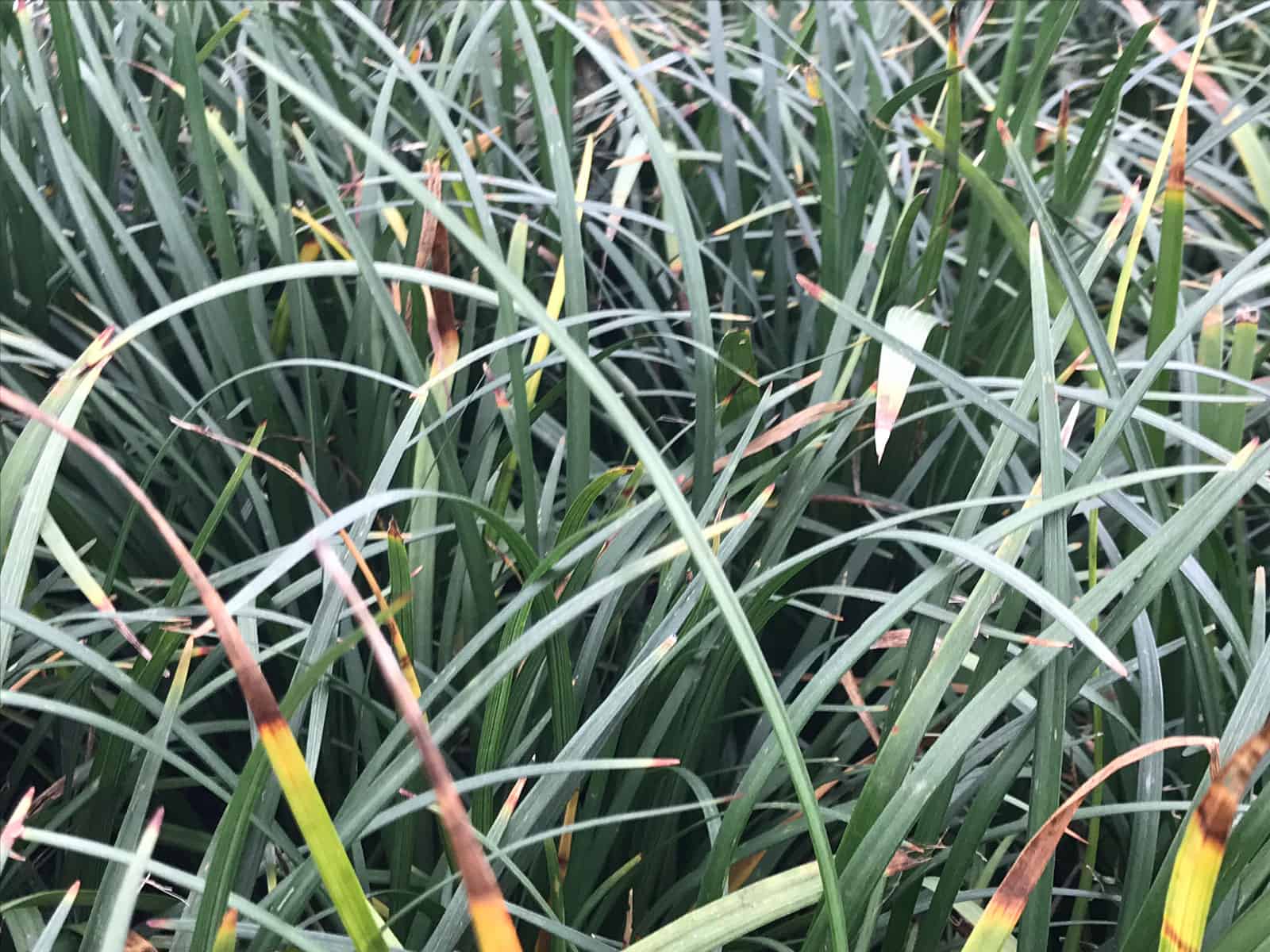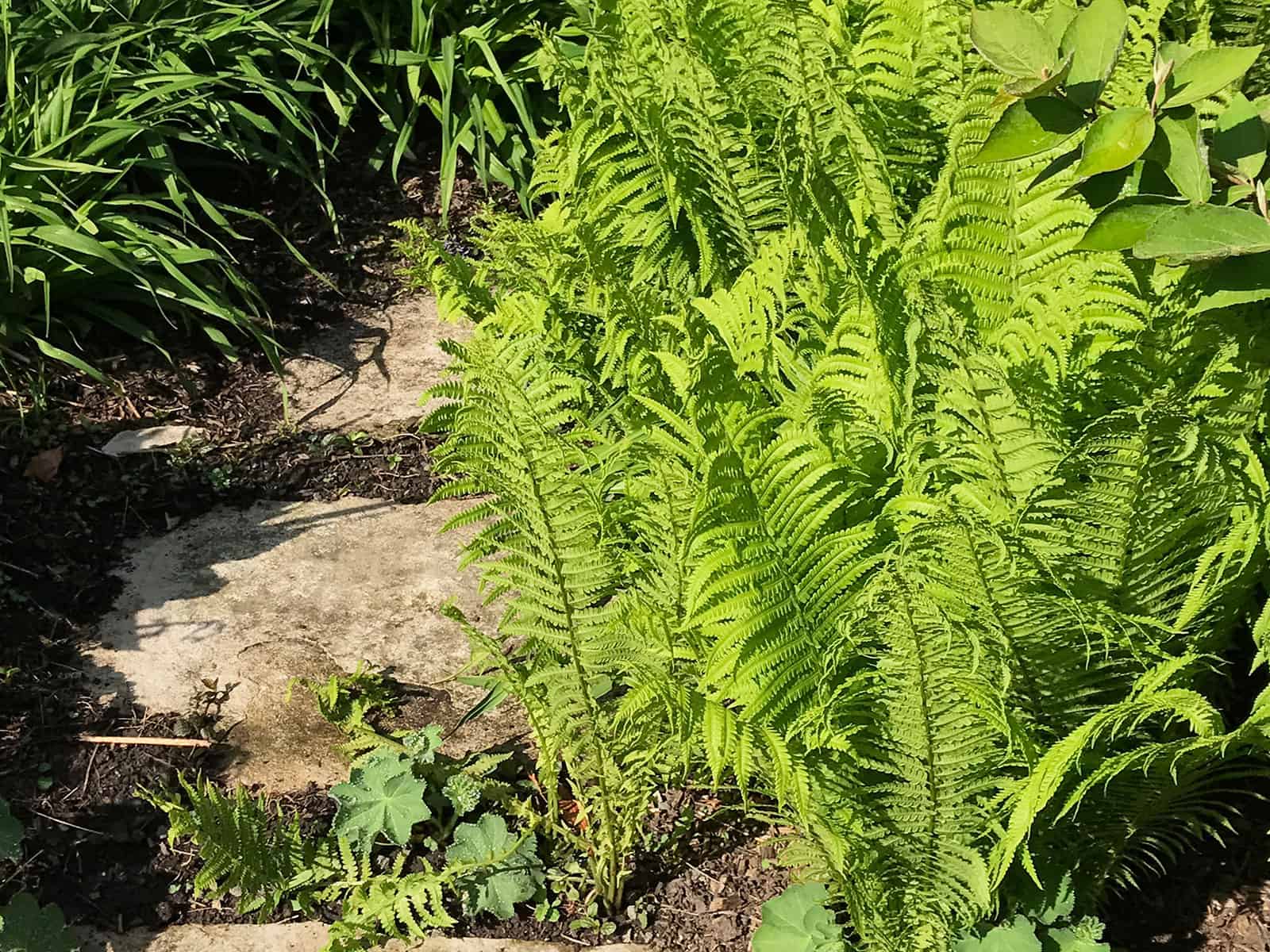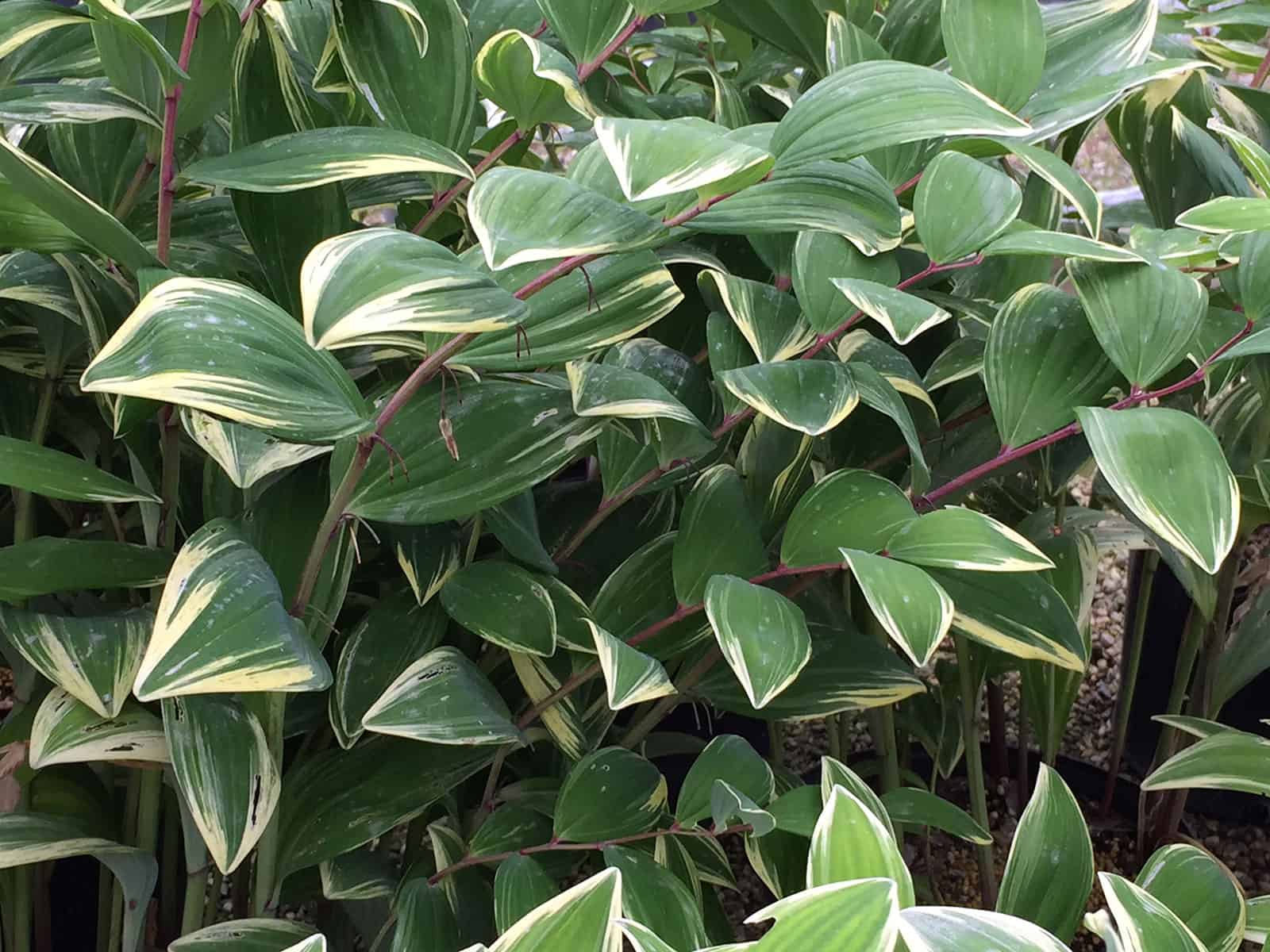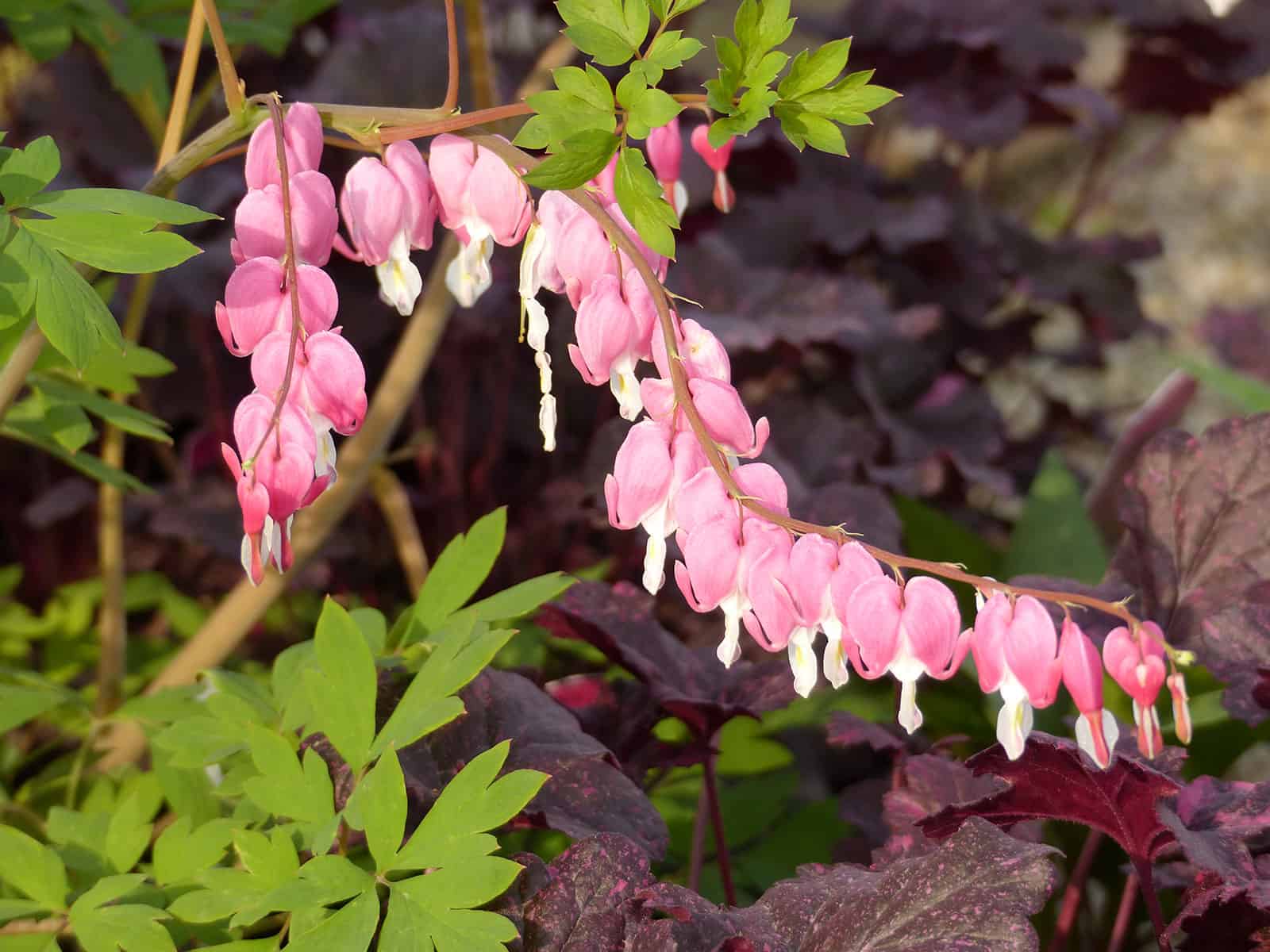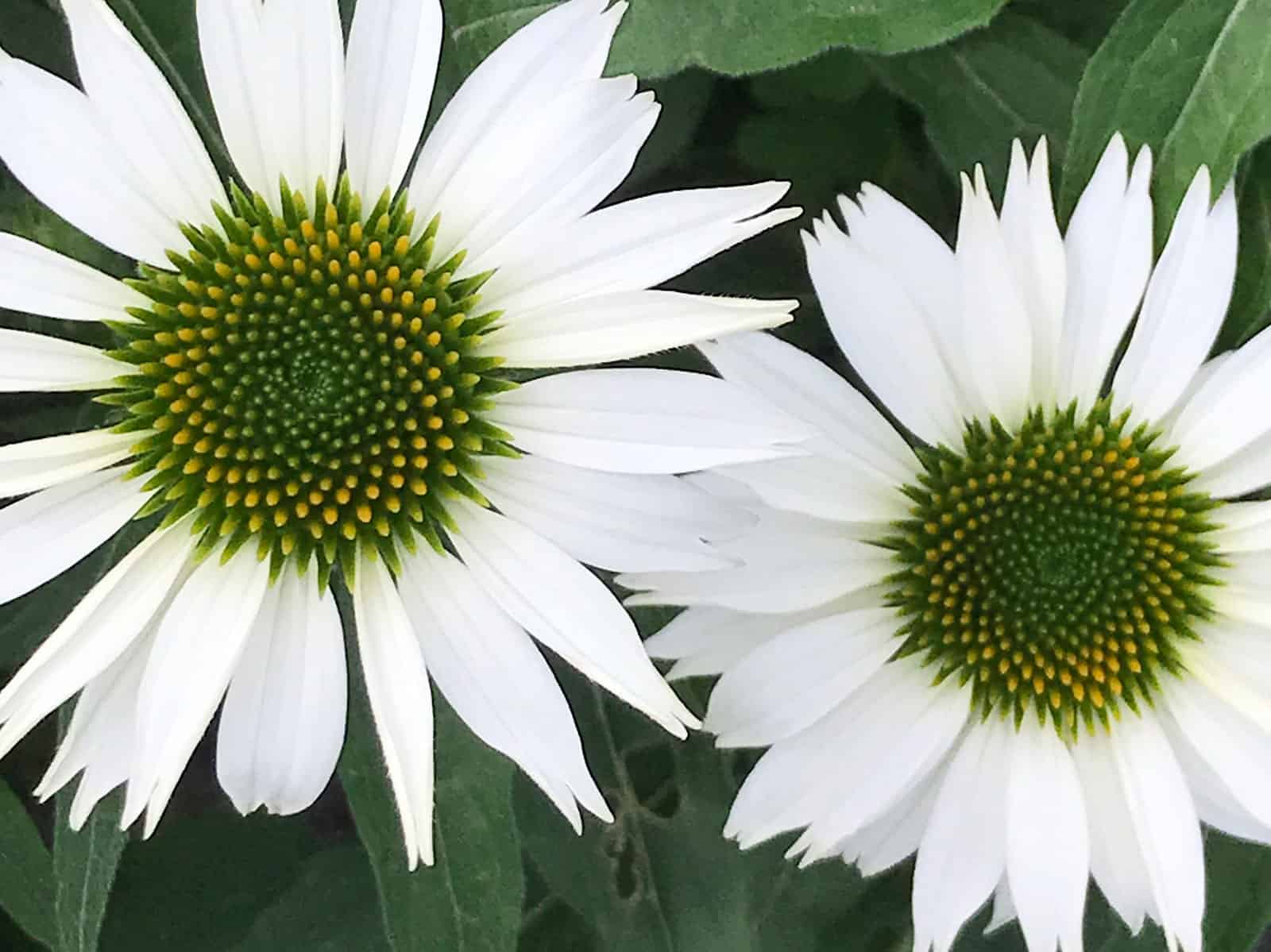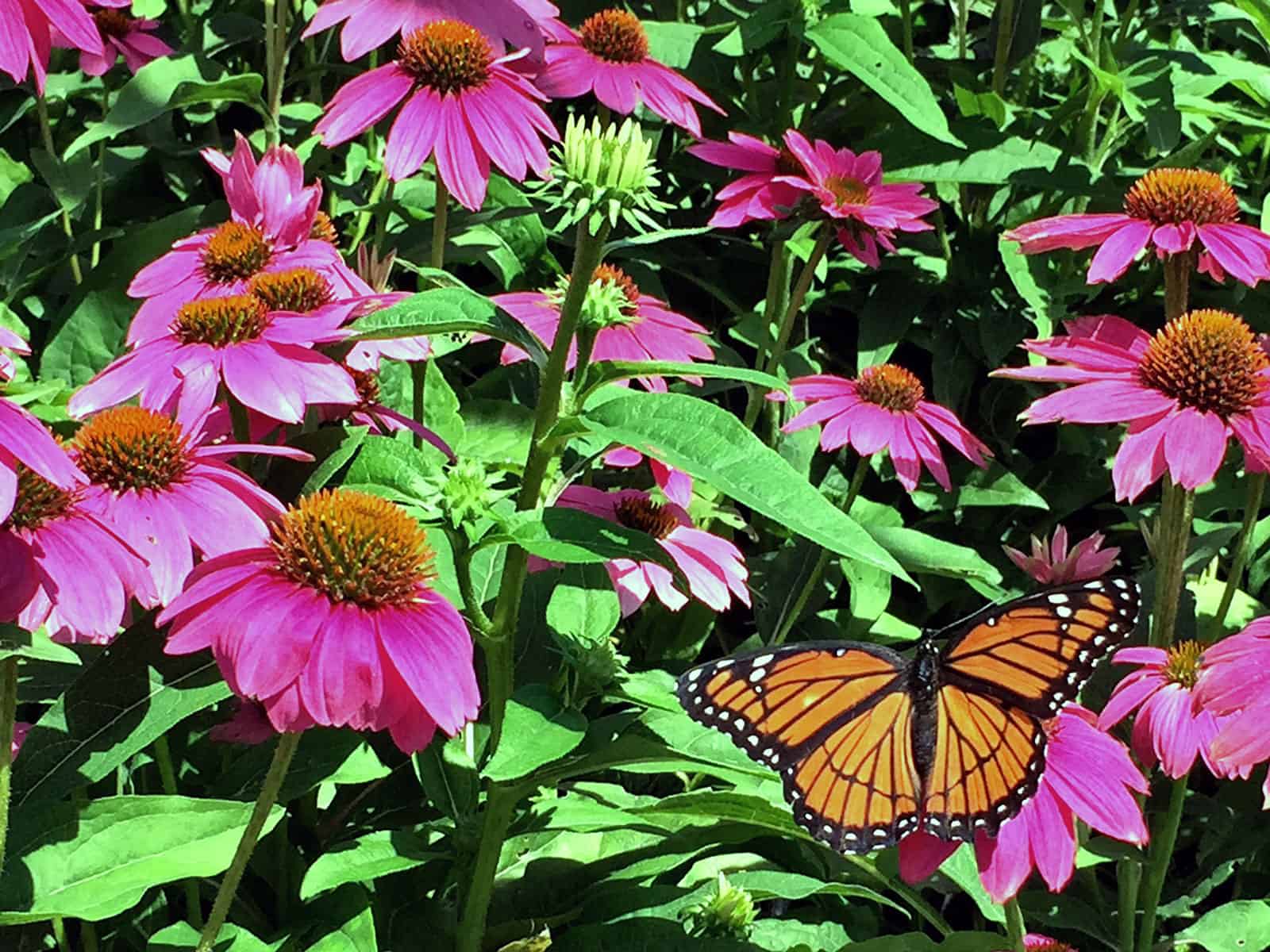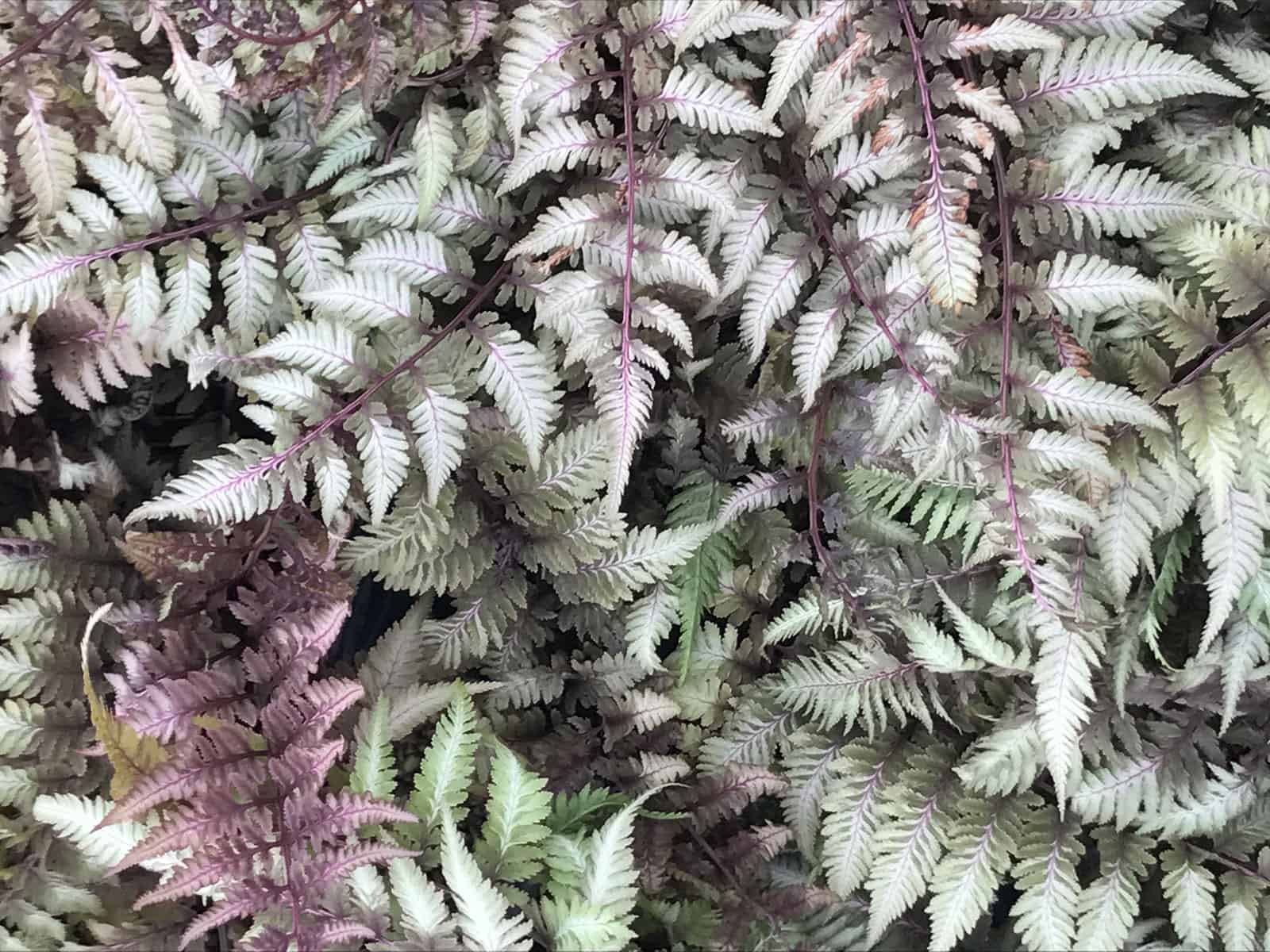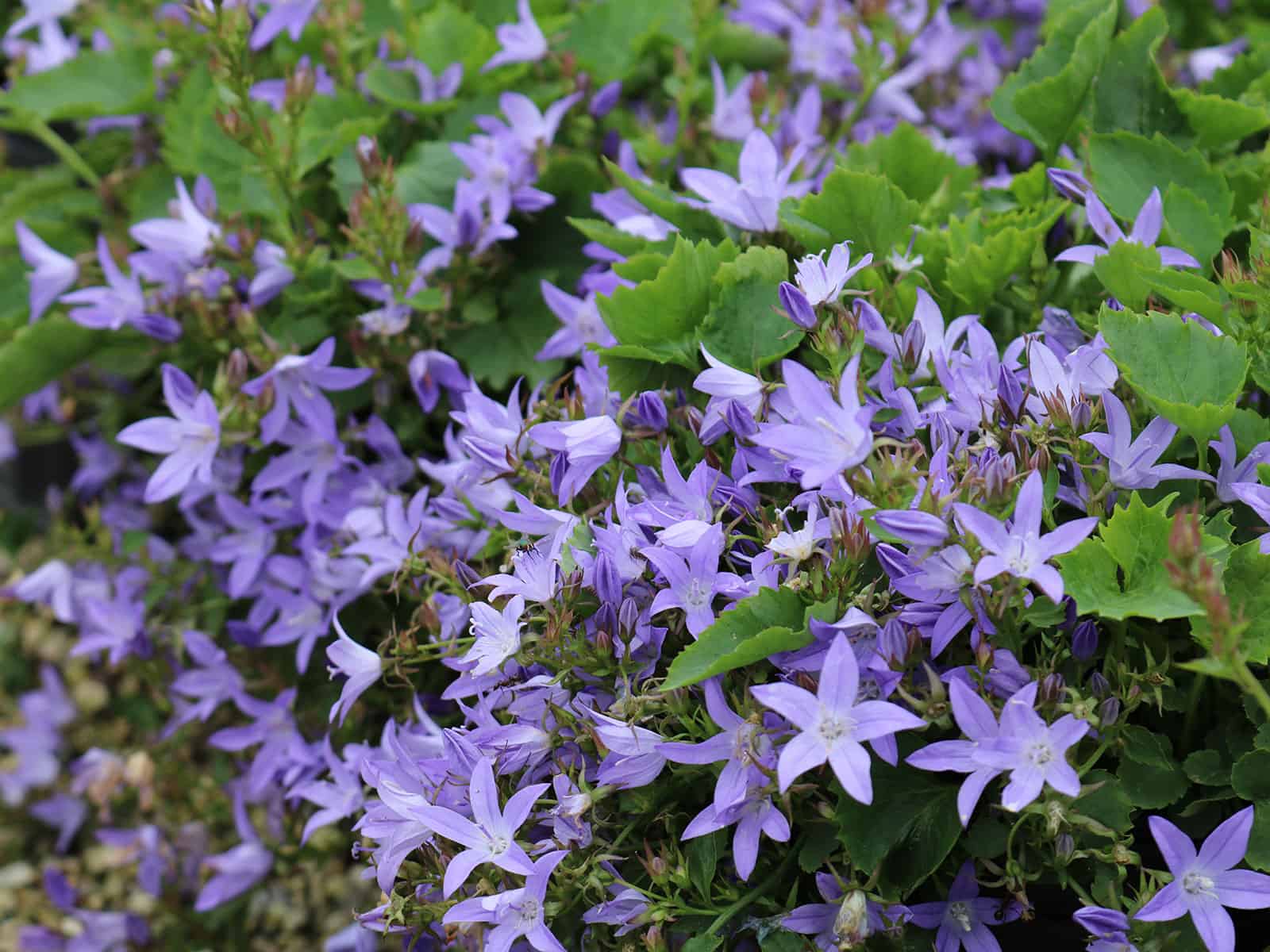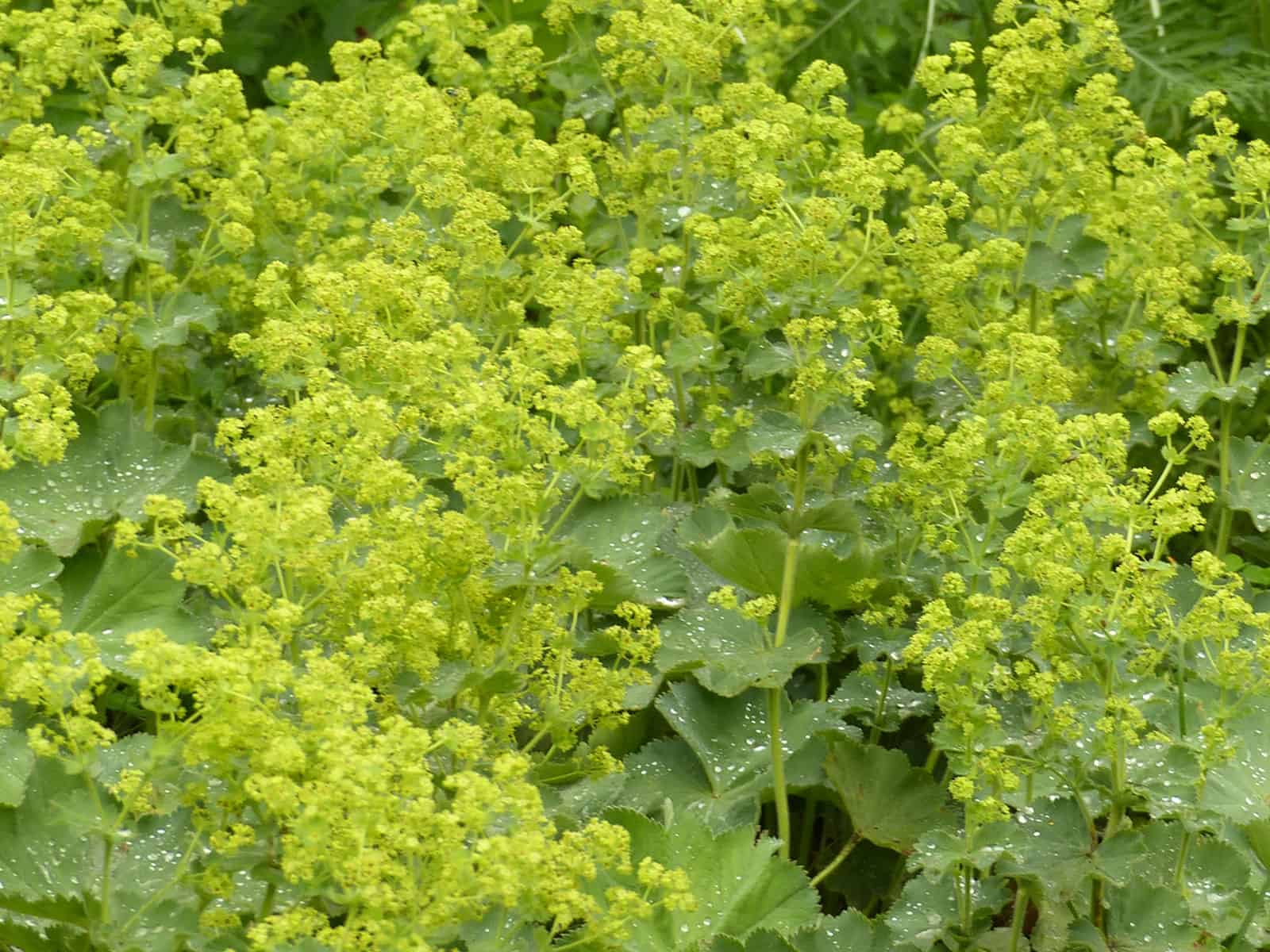Liriope spicata is a species of low, herbaceous flowering plant from East Asia. Common names include creeping lilyturf, creeping liriope, lilyturf, and monkey grass. This perennial has grass-like evergreen foliage and is commonly used in landscaping in temperate climates as groundcover. Creeping lilyturf has white to lavender flowers which produce single-seeded berries on a spike in the fall. It is one of the most popular groundcovers in the southeastern United States and areas with a similar climate.
Creeping lilyturf is a rhizomatous, grass-like perennial which forms clusters of narrow, arching, glossy, dark green leaves (to 1⁄4 inch (0.64 cm) wide) typically growing 9 to 15 inches (23 to 38 centimetres) high. Erect flower spikes with small, white to pale lavender flowers arise, somewhat hidden, among the leaves in late summer. Blackish berries develop in fall and often persist through winter. Roots have prominent rhizomes and frequent tubers. A cultivar exists with variegated leaves.
Creeping lilyturf looks very similar to another common species in the genus—lilyturf (Liriope muscari). Creeping lilyturf can be distinguished by its rhizomatous root system (in contrast to the diffused root system of lilyturf), its less prominent flower spike being partially within leaves (lilyturf has a longer spike extending well above leaves), and its generally narrower and shorter leaves when compared those of lilyturf.
